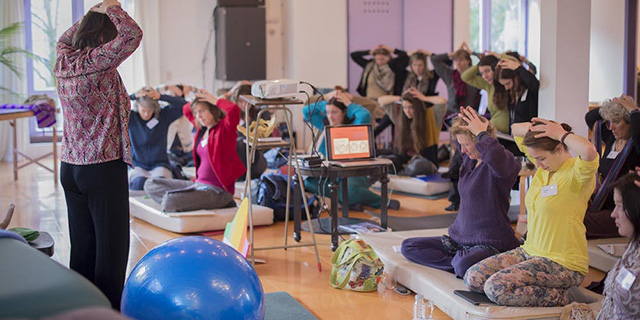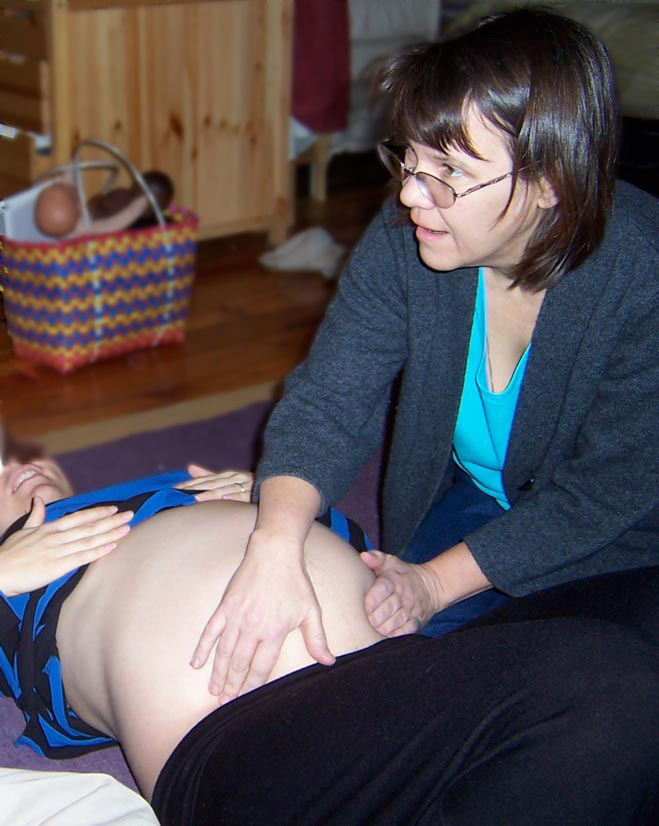
Dr. Neel Shah, MD, MPP, FACOG says that the greatest influence on whether a birthing person has a cesarean is which door they walk through when in labor. It’s not baby’s size, being due or overdue, or even if they have a risk factor, such as gestational diabetes. The variation in hospital cesarean rates is so great that the hospital itself becomes the risk factor for major surgery. The variable for whether a vaginal birth is possible has become the address where the labor occurs.
The hospital providers and their staff create a culture around how they care for birthing families. This includes how each birth team, in part influenced by the setting, creates a sense of emergency or a sense of emergence. A monoculture in birth today spreads common behaviors among providers who would otherwise “cross pollinate” more readily with the physiologic model. When community standards become largely dependent upon technology, the provider’s willingness for physiology turns to a social risk or even a job risk in a culture that is low in hands-on skills. These hero’s of birth fly against the wind.
“Control chart analysis demonstrated that the institutional cesarean delivery rate was due to culture…”
Ogunyemi, D., McGlynn, S., Ronk, A., Knudsen, P., Andrews-Johnson, T., Raczkiewicz, A., … & Bahado-Singh, R. (2018). Using a multifaceted quality improvement initiative to reverse the rising trend of cesarean births. The Journal of Maternal-Fetal & Neonatal Medicine, 31(5), 567-579.
“Increasing provider awareness of primary cesarean birth rates and focusing on 3 physiologic birth parameters that have been shown to promote vaginal birth had a positive impact by significantly decreasing the primary cesarean birth rate of a private maternity care practice and, consequently, a community hospital.”
Javernick, J. A., & Dempsey, A. (2017). Reducing the Primary Cesarean Birth Rate: A Quality Improvement Project. Journal of Midwifery & Women’s Health, 62(4), 477-483.
Another study “found that cesarean rates varied tenfold across hospitals, from 7.1 percent to 69.9 percent. Even for women with lower-risk pregnancies, in which more limited variation might be expected, cesarean rates varied fifteenfold, from 2.4 percent to 36.5 percent.”
-Kozhimannil, K. B., Law, M. R., & Virnig, B. A. (2013). Cesarean delivery rates vary tenfold among US hospitals; reducing variation may address quality and cost issues. Health Affairs, 32(3), 527-535.

In order to create a birth culture where the cesarean rate is safely below 15%, the provider needs both the skills and a working environment to practice those skills.
Barber categorizes 5% of cesareans as related to maternal or neonatal factors, Barber, 2011. Could the rest be related to birth and work culture within the institution or education of the provider? Pressure to avoid litigation can surpass a point of safe use of technology. Today, 37% of first births resort to cesarean for unspecific labor dystocia.
In other words, labor isn’t progressing and no one knows why. More than 1/3 of the time! Is labor progress REALLY such a mystery?
Social reasons for longer labor may relate to hormonal response of the birther and the level of stress hormone in the provider. These chemical realities need our attention to bring them into synchronicity for the good of the parent-infant attachment and the benefit of bonding to development in the person and society.
 Gail begins to feel for the presenting part
Gail begins to feel for the presenting part
Spinning Babies® seeks to enhance physiology for the ultimate purposes of parent-infant attachment and high self-regard in the birth giver’s self-assessment after childbirth. Techniques which enhance the parasympathetics and calm the process often enhance progress (Rebozo Manteada, Polarity, Standing Release, and Sidelying Release).
Further Reading:
Upcoming Workshops
[tribe_events_list limit=”4″]
One of our most beloved products, now with subtitles in English, French, and Spanish, offering expert support to reduce intervention and increase comfort throughout pregnancy and birth.